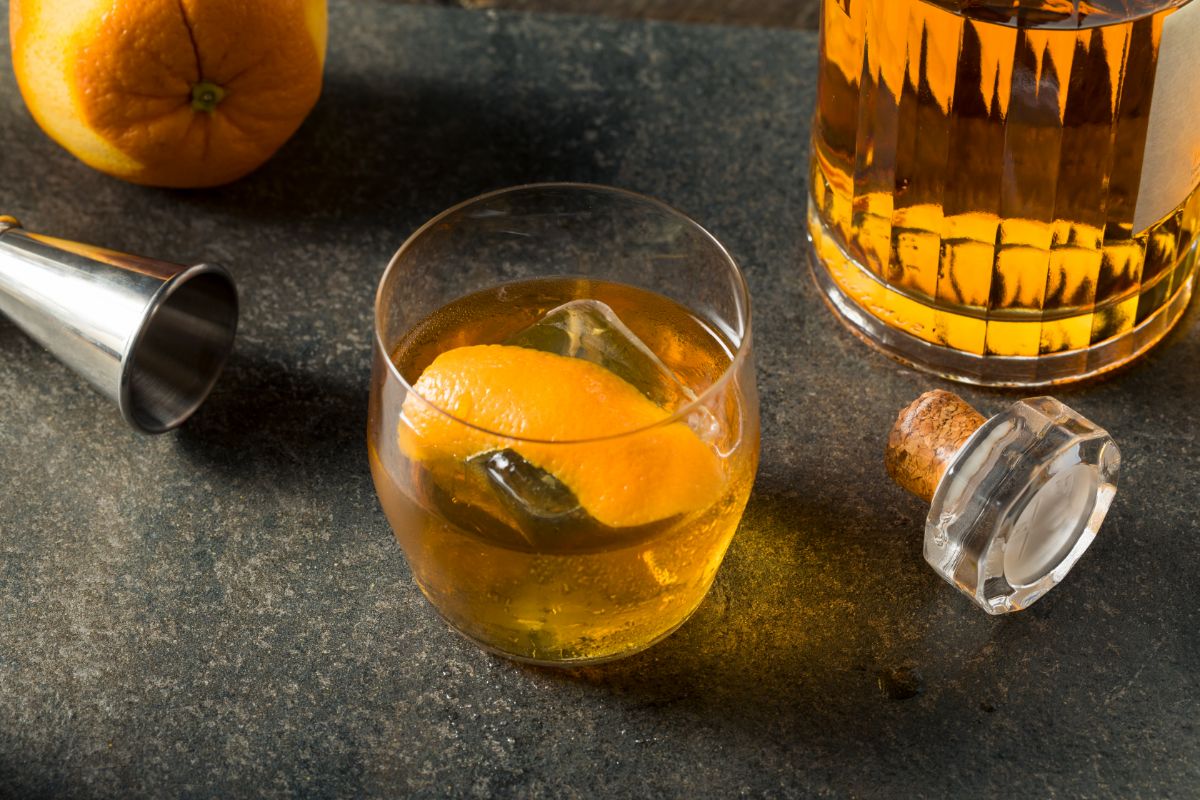Put bluntly, Japanese whiskey cannot be known as Scotch. This is such a straightforward answer as Scotch whiskey simply has to be distilled and then matured in Scotland.
Even if Japanese whiskey follows the same exact production processes and principles as Scotch, it still remains Japanese whiskey. The distinction between Japanese whiskey and Scotch is not just a rule, it is enforced by law.

In this guide, we will look at the key differences between Japanese whiskey and Scotch. This will include the difference in taste and the difference in cost.
We will also look at the key differences in production and the prolific Japanese distilleries.
The Difference In Taste Between Japanese Whiskey And Scotch
While both Japanese whiskey and Scotch can follow the same principles and methods of production, the taste will still be different.
The easiest point to observe is how Scotch tends to taste more peaty. As Scotch is made in Scotland, its peaty taste can be derived from the peat that is naturally utilized to dry the barley as part of the malting phase.
That would make sense considering how so many of Scotland’s distilleries are located by the coast or on islands where you can expect to find peat.
Japanese whiskey producers can still use peated barley yet it will typically be in reduced quantities. This is largely due to the fact that their distilleries will be at higher altitudes.
That increased altitude will also affect the taste of the whiskey and how it is made.
At a lower pressure, the distillation will create a light taste in the whiskey, especially when compared to Scotch which has a traditionally rich and moreish taste.
The Difference In Cost Between Japanese Whiskey And Scotch
You may be expected to pay more for a bottle of Japanese whiskey compared to Scotch on average.
Though you can find older bottles of Scotch, as they have been producing whiskey in Scotland for longer, there are factors that ramp up the cost of Japanese whiskey.
That can be down to the choice of tree as a mizunara tree can be used to mature whiskey.
This is a specific oak tree in Japan while former sherry or bourbon barrels can be used by Scottish distilleries.
The oak casks made from Japanese mizunara trees do deliver a delicious-tasting whiskey, as you would expect from its rarity. You can expect plenty of floral notes and spicy undertones which are well worth paying for.
One such Japanese whiskey to keep an eye out for is Hibiki Japanese Harmony which can command a high price point. A bottle of 30-year-old Japanese whiskey can easily set you back four figures.
That is especially the case if the distillery has since closed, as is the case for the Karuizawa distillery which closed in 2000.
The chances of finding a rare, aged bottle of Japanese whiskey seem to be diminishing. Due to how popular Japanese whiskey has become, fewer rare bottles are left to buy.
You can typically expect to find a four-fold difference between the prices of Japanese whiskey to a bottle of Scotch whiskey.
Take a bottle of 12-year-old Scotch for instance, you would be expected to pay four times the amount for a bottle of 12-year-old Japanese whiskey.

The Key Differences In Production Between Japanese Whiskey And Scotch
During the early days of Japanese whiskey production, there was a key difference in the production method compared to Scotch.
Japanese blended whiskey used blended alcohol which is a neutral spirit that largely goes without touching wood. That proved to be a key difference for Japanese whiskey from single grain Scotch whiskey.
However, this practice eventually ended when the method was largely discontinued around the mid-Sixties.
The practice of using blending alcohol is still legal for whiskey production. Most Japanese distilleries have moved in line to produce grain whiskey though there remain some key differences in production methods.
- The chief Japanese blenders will create their specific whiskey blends to be ideal for a long drink like a highball.
- With the Japanese distilleries at a high altitude, low pressure distillation is used with a comparatively lower boiling point. There are still some Scottish distilleries that use lower boiling points but they are a noted exception, such as Girvan grain distillery.
- Several yeasts will be used by Japanese whiskey producers during the fermentation process. The blends can be tricky as each yeast strain will have its own unique characteristics.
- Japanese whiskey producers also tend to not swap their whiskey stocks. Amongst many whiskey producers, including those in Scotland, you can expect that the whole palette for blending to have been produced in-house. However, in Japan, the whiskey producers tend to be self-sufficient so they only produce exactly what they need.
- Of course, there are exceptions such as those smaller whiskey producers who will import their grain. The grain can come from Canada and makes up for their lack of a grain distillery.
The Prolific Japanese Distilleries
With fewer Japanese whiskey producers compared to those in Scotland, the few distilleries tend to be prolific. Each one can be expected to produce several single malts in a wide variety.
Their distilleries will have different sizes and shapes of stills which also enhances the characteristics of the single malts.
If you were to compare the output, a Japanese distillery could easily compete for the sheer number of different single malts with one in Scotland.
One such example is the Yamazaki distillery which is known to produce over 60 single malts, each with its own characteristics.
As well as the rare mizunara casks, Japanese distilleries will also use sherry cakes and bourbon barrels too.
Final Thoughts
There are a lot of similarities between Japanese whiskey and Scotch. This is largely due to how Japanese distilleries modeled their initial batches on how the Scottish produce their whiskey.
Some Japanese whiskey will even use Scotch for blending and take on some of the whiskey’s flavor notes.
While there may not be a lot of difference between the core ingredients and production methods, they are decidedly different whiskeys.
Frequently Asked Questions
Back in 1923, Shinjiro Torri began producing Japanese whiskey which would become known as Yamazaki. This was after Torri had sent an employee, Masataka Taketsuru to study Scottish whiskey distillation.
Masataka would go on to Glasgow University to study Chemistry and then create whiskey in a distillery in Campbeltown. Though Torri would found Yamazaki and be responsible for the whiskey production, a lot of the credit should go to Masataka.
As with any whiskey production, the water which is used is a key element. A lot of Japanese distilleries were created in naturally unspoiled areas so the water tends to be exceptionally pure.
You can even count on some distilleries to have their very own water source, such is the case with Yamazaki. To enhance the flavor of Japanese whiskey, you can expect the terroir and the water purity to help.
- 16 Best Websites To Watch Japanese Movies With English Subtitles - May 11, 2023
- Is ZIPAIR The Best Airline For Traveling To Japan? - May 11, 2023
- Ryu Murakami Vs Haruki Murakami – Which One Should You Read? - May 11, 2023








